Grass, Alfalfa and Co. are more in demand than ever as alternatives in the feed industry
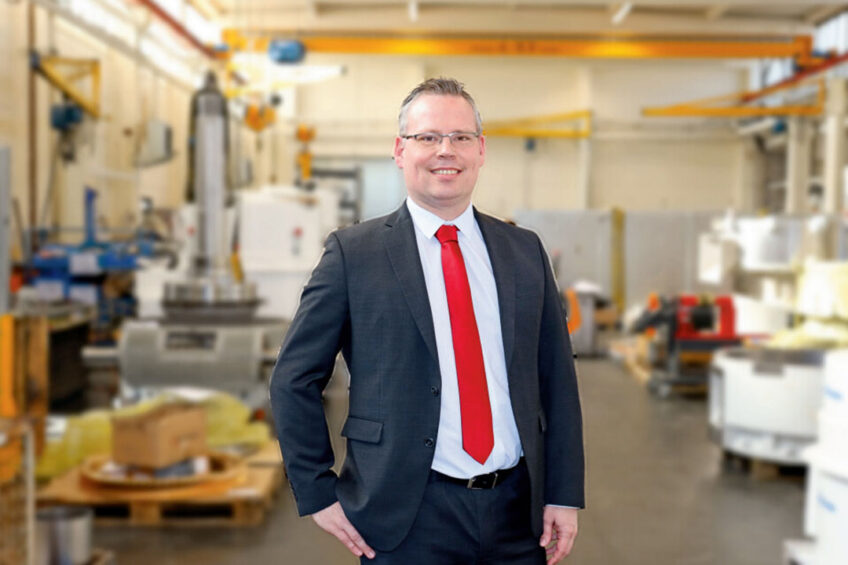
The global grain supply is at stake. The infrastructure in Ukraine, which is considered one of the largest granaries in Europe producing millions of tons of grain annually, is practically non-existent because of the war with Russia. Ports are blocked, exports have come to a standstill. This drives up prices – most recently to over €440 per ton of wheat (as of May 2022).
This is a problem that is also forcing the feed industry to rethink. Especially in livestock farming, the supply of high-quality, nutrient-rich protein feed is essential. It is important to find alternatives that are not only cost-effective but also beneficial. One of these alternatives is green forage, which has always been used to feed grazing animals and is once again becoming very important in the ongoing grain crisis.
Green is the colour of hope – this is not new, but more topical than ever. Energies are to become “green”, sustainability concepts, automobiles and their drives, even steel and, in general, concepts, strategies, even entire companies are obviously required to become “green” in the 2020s. The green forage does not have to change its colour at all. Green forage is currently experiencing a revival of interest in animal feed production. This has social and political reasons. But green forage is also practical and valuable for the animals’ health. In the form of fibre-rich grasses such as meadow and clover grass, but also alfalfa and herbs, green forage is suitable as supplementary feed. The raw material, which is readily available in this country, offers the possibility of supplying animals such as cattle, horses, sheep and goats with high-quality protein. As an alternative protein source, grasses have a high content of structural carbohydrates and provide numerous vitamins and minerals.
Tasty alternatives to soya and Co.
As a domestic feedstuff, green forage is particularly in demand in areas with many cattle farms, such as the entire North Sea region. For cattle in Germany, green forage is considered an important protein feed. Alongside large-grain legumes such as peas or field beans and domestic oilseeds such as rapeseed, it offers a regional alternative to imported and often genetically modified protein sources such as soya. Green forage is not only characterised by its high availability and cost efficiency. At the same time, depending on its composition and especially in pelleted form, it is particularly tasty due to the caramelised sugar content. This in turn increases the feed intake by the individual animal.
Available all year round thanks to pelleting
While the tasty green forage is available practically everywhere in this country in spring and summer, solutions are needed for the cold season to preserve it for year-round feeding. Pelleting is the best choice here. The harvested, high-volume grass is first dried and chopped before being pressed into smaller pellets or into larger and thicker grass cobs that have been gently hot-air dried. In the process, the complex natural combination of nutrients is largely preserved. This makes pelleting one with the least loss of nutrients among all known preservation methods. The crude protein content of cobs, for example, is significantly higher at up to 24% compared to hay, which only has 2% to 10%. The water content of cobs is also only 8% to 13%, in contrast to hay, which has a water content of 11% to 13%. Gentle drying and subsequent pelleting gives the nutrient-rich green forage a significantly smaller volume with the least loss of nutrients. This not only facilitates transport, but also makes it more economical, as larger quantities of the dried meadow grass can be transported in a smaller area. The pellets are also easy to handle during storage: Thanks to the compacted form and the low water content, they can be stored for a longer period of time without any problems. Fungi and other pests are given no chance to spread.
Challenges depending on intended use and feeding
The increased demand for green forage presents pellet mill manufacturers with the challenge of developing plants that achieve the highest possible throughput with low energy consumption. At the same time, the pellet mills must be designed in such a way that raw materials and end products can be adapted to a wide range of requirements in the feed industry. Depending on the animal species, not only are different raw materials used, but also the size and shape of the end product required by the customer varies depending on the intended use and feeding recommendation.
A pellet mill specially designed for the green forage industry and delivered for the first time in southern Germany has been launched by the plant engineering specialist AMANDUS KAHL. The currently largest KAHL pellet mill is equipped with a die of 1,500 millimetres in diameter. In total, the open perforated area of the die has been increased by around 50% compared to the predecessor model 45-1250, while the footprint of the pellet mill remains identical.
This means that the new model can be easily integrated into existing drying plants.
When the rollers pass over the flat die, a thick layer of product is produced in front of them. Thanks to the specially adapted configuration of the pellet mill, a high throughput is possible even with fibre-rich material. This type of pellet mill is also suitable for other biogenic fibrous products, such as maize, straw and brewer’s grains. Pre-grinding of the chopped product, for example using a hammer mill, is not necessary. The total of 5 pan grinder rollers with a width of 240 millimetres and a diameter of 450 to 550 millimetres enable good defibration of the product as well as efficient product feed into the holes, while the pan grinder roller speed of only 2.5 metres per second ensures smooth running.
Higher capacity with lower energy consumption
Thanks to the larger open hole area, more product passes through the die during the pelleting process than is the case with smaller models. This means that the flat die pellet mill 55-1500 achieves up to 50% more output than the 45-1250. “Products rich in crude fibre, such as grasses, are characterised by a significantly increased volume, but have very little net weight,” knows Dennis Werner, Sales Director at Amandus Kahl. “This special combination requires a plant that on the one hand has to hold the large quantities of raw materials, but on the other hand needs only little energy for processing.” For this reason, the 55-1500 is equipped with only one motor instead of 2 as before. The individual drive easily handles the quantities of green forage to be processed, so the new model is particularly efficient and requires little maintenance: Spare and wear part costs per ton are lower than before and fewer consumables such as lubricants and greases are needed. To offer users the most individual application possible, the flat die pellet mill 55-1500 is available with different bore diameters between 6 and 18 millimetres. The roller gap is adjustable and the pelleting tools can be changed quickly. This ensures maximum flexibility in pelleting. Finally, the product pressed into various shapes is cut to the desired length. Special shapes, such as cloverleaf forms, are also possible.
Green forage as one of the most important feed components
The development in recent months shows that green forage is more than just an alternative in species appropriate and sustainable animal husbandry. Grasses and co. demonstrate their advantages being a source of protein and easily digestible for the animals. The prerequisite is gentle processing of the raw material. This is where the pellet mill shows its advantages, as its technical details have a significant influence on throughput and energy consumption on the one hand, but also on nutrient content, pest infestation and digestibility on the other.
 Beheer
Beheer
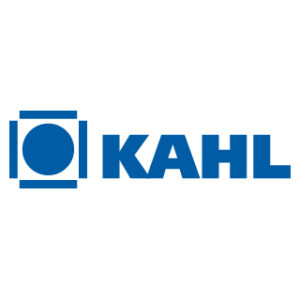
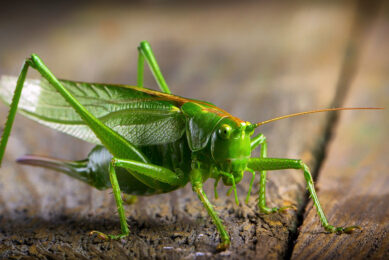
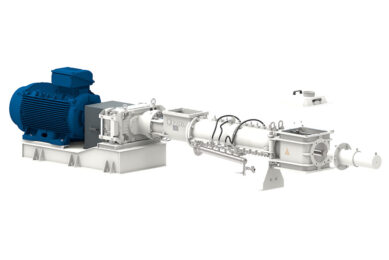
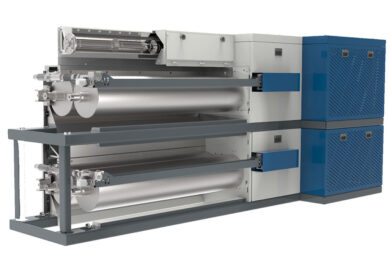
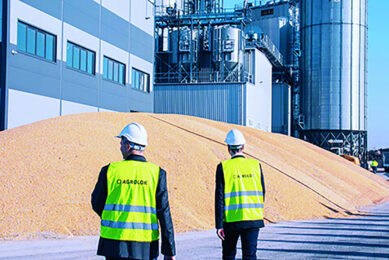
 WP Admin
WP Admin  Bewerk bericht
Bewerk bericht